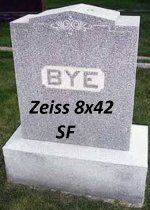JG
Good question but you need to be more precise. Which markup?
The factory will make a markup when it sells to the agent or subsidiary in the territory, and the agent or subsidiary will make a markup when it sells to the dealer and the dealer will make a markup when it sells to the end customer.
Tract's model only involves two markups so should give opportunities to give lower prices to the end customer or a higher markup to Tract or a higher markup to both Tract and Kamakura.
I don't know any numbers but from remarks made by different dealers in different countries I don't think the dealers make huge wads on even the alphas.
Lee
Just curious how much markup, over cost, there is to the end user, in total. Also, the Japs cost of doing business is way less than the euros, right?






